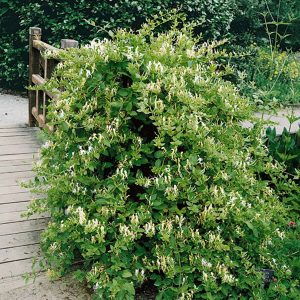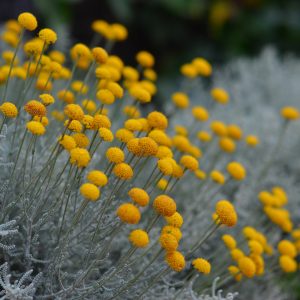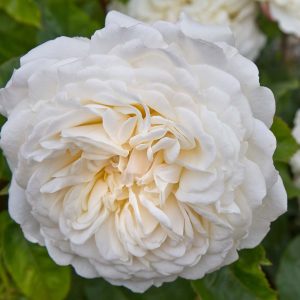Description
Rosa ‘A Whiter Shade of Pale’ is a stunning English rose variety that produces large, cupped flowers with a soft, blush-pink hue. The blooms have a strong, sweet fragrance that will delight your senses. The plant itself is a vigorous grower, reaching a height and a spread of 90cm. It has a bushy habit with glossy, dark green foliage that provides a beautiful backdrop for the pretty flowers. ‘A Whiter Shade of Pale’ blooms repeatedly throughout the summer, making it a fantastic choice for adding colour and fragrance to your garden. This rose is perfect for planting in borders, as a specimen plant, or even in a container on your patio. It thrives in full sun or partial shade and prefers moist, well-drained soil.
Key Facts
- Common Name(s):A Whiter Shade of Pale Rose
- Hardiness:Fully hardy
- How big will I get? Rosa ‘A Whiter Shade of Pale’ can grow to a height of 1m and a spread of 1m.
- Did You Know That:The world’s largest rose bush is in Tombstone, Arizona, and covers an area of over 8,000 square feet?
Plant Calendar
A rough guide to how this plant will change through the year.
| Jan | Feb | Mar | Apr | May | June | July | Aug | Sept | Oct | Nov | Dec | |
| Flowering Time |  
|  
|  
|  
| ||||||||
| Foliage Colour |  |
 |
 |
 |
 |
 |
 |
 |
 |
| J | F | M | A | M | J | J | A | S | O | N | D |
 
|  
|  
|  
| ||||||||
 |
 |
 |
 |
 |
 |
 |
 |
 |
Care Guide

Soil Requirements
Rosa ‘A Whiter Shade of Pale’ prefers moist but well-draining soil. This plant can grow in soil with a wide range of pH levels, it is not picky about the pH level of the soil.

Best Position
Rosa ‘A Whiter Shade of Pale’ can handle either an exposed or a sheltered position and requires full sun to thrive, this consists of more than six hours of direct sunshine per day.

Maintenance
Rosa ‘A Whiter Shade of Pale’ should be pruned in late winter or early spring, before new growth begins. Begin by removing any dead, damaged, or diseased wood from the plant, making sure to sterilize your pruning shears between cuts to prevent the spread of disease. Next, cut back any old wood to encourage the growth of new shoots, cutting back to a healthy bud or lateral branch. Remove any weak or spindly growth that won’t produce good blooms, focusing on leaving strong, healthy shoots that will produce plenty of flowers. Finally, shape the plant by cutting back any overly long or unruly shoots, creating a more compact, attractive plant. By following these steps, you can keep your shrub roses healthy and blooming beautifully year after year.

Pest, Diseases and Wildlife
Rosa ‘A Whiter Shade of Pale’ can have problems with aphids, leafhoppers, and scale insects , it can be vulnerable to certain diseases such as black spot, rust and powdery mildews. It is also known to attract bees, butterflies and other pollinators. It is not considered to be toxic.





